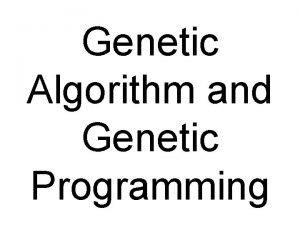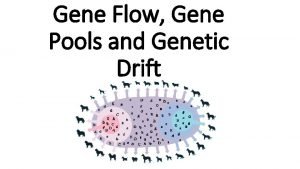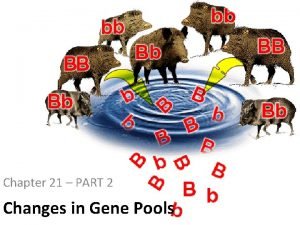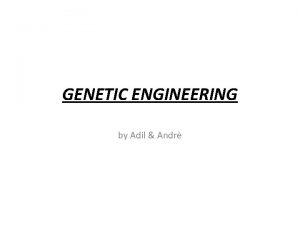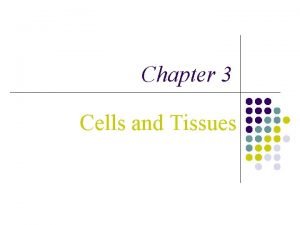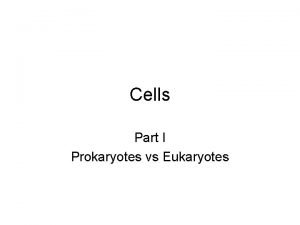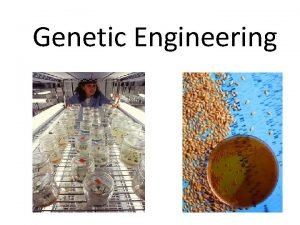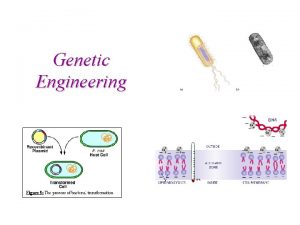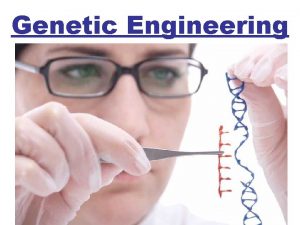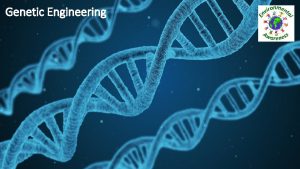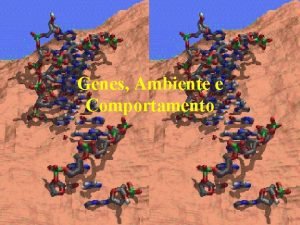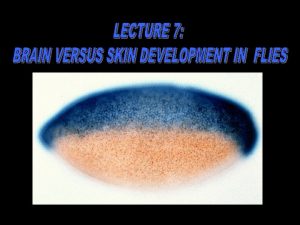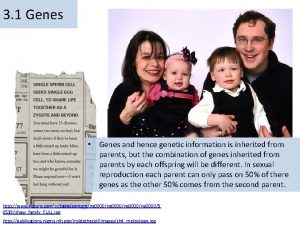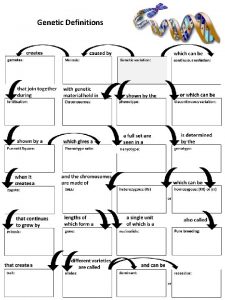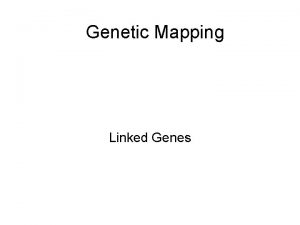Mobile Genes and Genetic Engineering Part A Genetic

Mobile Genes and Genetic Engineering Part A

Genetic engineering-is the process of manipulating genes and introducing them into various cells (recombinant DNA). This happens in nature with sexual reproduction. Tools. Plasmids from bacterial cells can be extracted and then change and then reinserted into other cells. Restriction enzymes- enzymes found in prokaryotic cells that cleave DNA at very specific sites. Ligase- enzyme used to bond the DNA back together again

Genetic engineering-is the process manipulating genes and introducing them into various cells (recombinant DNA). Tools. Plasmids- from bacterial cells can be extracted and then changed and then reinserted back in toher cells. Restriction enzymes- enzymes found in prokaryotic cells that cleave DNA at very specific sites. Ligase- enzyme used to bond the DNA back together again





Characteristics of restriction enzymes 1. Cleaves DNA at specific restriction sites 2. Can be palandromic 3. Every place there is a restriction site on the DNA, it will cleave the DNA 4. Different restriction enzymes will have different DNA sequences for restriction sites. 5. Restriction enzymes can be used over and over again 6. Where the DNA cuts, it can result in blunt ends or staggered cuts with sticky ends.

Characteristics of restriction enzymes 1. Cleaves DNA at specific restriction sites 2. Can be palandromic 3. Wherever there is a restriction site on the DNA, it will cleave the DNA 4. Different restriction enzymes have different DNA sequences for restriction sites. 5. Restriction enzymes can be used many times. 6. The cut can result in blunt ends or a staggered cut with sticky ends.

Electrophoresis- is the process of separating molecules based on their charge and size. It uses an electrophoresis box connected to a DC power source so that positive and negative poles can be established. In the box, there is a gel tray. On the gel tray hot liquid agarose can be poured, a comb is inserted to make wells. Once the gel is solidified, the comb is removed. Small samples of the molecules (usually DNA or protein) can be micropipeted into the wells. The sample also contains a dye.

Electrophoresis- is the process of separating molecules based on their charge and size. It uses an electrophoresis box connected with positive and negative poles. In the box, there is a gel tray. Hot liquid agarose can be poured into the tray and, a comb is inserted to make wells. Once the gel is solidified, the comb is removed. Small samples of the molecules (usually DNA or protein) can be micropipeted into the wells. The sample also contains a dye to insure that the molecules do not run off the end of the gel.

This tray is then inserted into the electrophoresis box and coved with a buffer such at Tris-borate buffer or EDTA buffer. The separation is analogous to paper chromatography. Instead of paper being used, a gel made of either agarose or polyacryl-amide is used. These gels are porous and the size of the pores can be regulated by the concentration of the gel. DNA is separated by use of an agarose gel because DNA is a large molecule. DNA is negative and its charge is always proportional. Smaller fragments run faster than larger fragments. Because the charge is proportional, the length of unknown fragments can be determined by using known standards. The relationship between the distance that the fragment moves through a gel and it base pair length is not linear. The use of semi-log paper is used to graph the relationship out.

Proteins are separated by a polyacrylamide gel because the pores are much smaller and proteins are much smaller than DNA. (In high schools agarose is used as polyacrlyamide is a carcinogen).

This tray is then inserted into the electrophoresis box and coved with a buffer. The separation is like paper chromatography that uses agarose or polyacrylamide gel instead of paper. The gels are porous and the size of the pores can be regulated by the concentration of the gel. DNA is separated by use of an agarose gel because DNA is a large molecule. DNA is negative and its charge is always proportional. Smaller fragments run faster than larger fragments. Because the charge is proportional, the length of unknown fragments can be determined by using known standards. Proteins are separated by a polyacrylamide gel because the pores are much smaller and proteins are much smaller than DNA.

Practical application-RFLP's Unless identical twins, no two humans have the same DNA. It is possible because of the variation, person A may have a restriction site recognized by a specific restriction enzyme that person B does not. If the DNA is cut with that restriction enzyme, then different size DNA fragments will result. These fragments are called restriction fragments length polymorphisms or RFLP's. RFLP occur in in many length or forms making polymorphisms. The fragments can be separated by electrophoresis.

Practical application-RFLP's Unless identical twins, no two humans have the same DNA. It is possible because of the variation, person A may have a restriction site recognized by a specific restriction enzyme that person B does not. If the DNA is cut with that restriction enzyme, then different size DNA fragments will result. These fragments are called restriction fragments length polymorphisms or RFLP's. RFLP occur in in many length or forms making polymorphisms. The fragments can be separated by electrophoresis.

RFLP's of interest are found in regions where there is repetitive DNA. These RFLP's can vary as much as 12 distinct sizes. The number and pattern of RFLP's in any individual is unique and results in a person's DNA fingerprint. RFLP are inherited like a gene in the middle of a restriction site. This creates a longer RFLP that can be detected by electrophoresis.

RFLP's of interest are found in regions where there is repetitive DNA. These RFLP's can vary as much as 12 distinct sizes. The number and pattern of RFLP's in any individual is unique and results in a person's DNA fingerprint. RFLP are inherited like a gene in the middle of a restriction site. This creates a longer RFLP that can be detected by electrophoresis.


- Slides: 20





